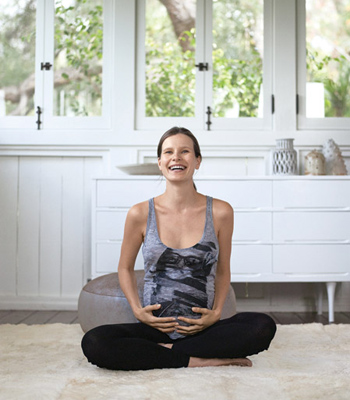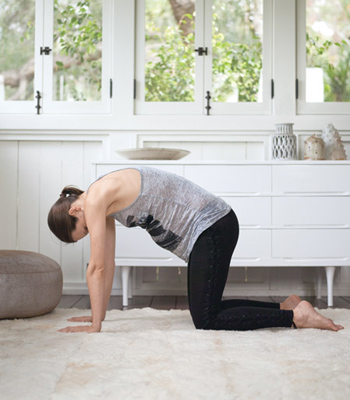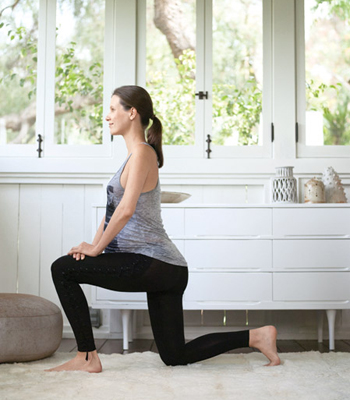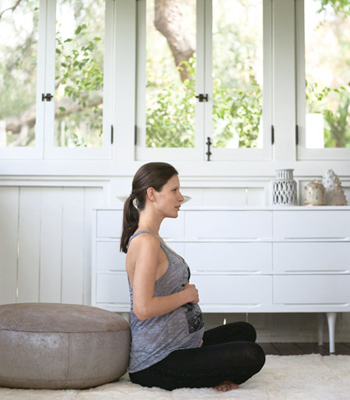This weekend was quite eventful. It began with me visiting Baby's R-Us, registering for 74 items and ended with me beginning a pregnancy workout plan.
During the work week I walk between 15- 20 NYC blocks from work to Penn Station; this journey is a little less than 1 mile (20 blocks is about 1 mile). I enjoy my daily walks because it allows me to get some cardio, enjoy the sites of Manhattan's Hell Kitchen and the Times Square areas.
My adventure to Baby's R-Us was a bit exasperating. I realized early on that if you don't have a plan and have researched the specific items and brands you prefer the task of selecting items for your registry is hard. For instance, they have a selection of 4 or 5 breast pumps, 15 car seats, and 10 pamper choices. I was vexed. So I scanned the items that really didn't require much thought and made a list of the items I need to research further. Word of Advice: Know what you want before you get to the store. I plan to start a registry at a few other stores and we'll see how that goes.
My New Workout Plan
"When you're pregnant, the payoffs for developing strong abdominal and pelvic-floor muscles are plentiful. 'These muscles are a pregnant woman’s best friend,' says Julie Tupler, R.N., creator of Diastasis Rehab in New York City and author ofMaternal Fitness: Preparing for a Healthy Pregnancy, an Easier Labor, and a Quick Recovery (Fireside). “If your abs are weak, you won’t be able to push effectively,” she explains. Having a strong pelvic floor can also assist during labor, as well as help prevent urinary incontinence later."
"This workout, designed by Fit Pregnancy fitness editor Teri Hanson and based on the Tupler Technique, will also teach you how to work these muscles separately. The goal: During the pushing phase of labor, you ideally draw in the deep transversus abdominis, or transverse, muscle and relax the pelvic floor to let the baby out. Do these exercises in the order shown up to three times a day, performing 10 repetitions of each move and progressing to 20 reps when you feel strong enough."
Most important muscles
"The transversus abdominis, or transverse, is the innermost abdominal muscle. It encircles your trunk like a corset and involuntarily contracts when you sneeze. The action of this muscle is forward and backward, which compresses the abdominal cavity, and it can help you push during labor.
The main muscle of the pelvic floor, the PC (short for pubococcygeus), lies in a figure eight around the openings of the urethra, vagina and rectum. Kegel exercises strengthen the pelvic-floor muscles, helping to prevent the urinary incontinence that’s common after childbirth. To do Kegels, squeeze the muscles around the vagina as if you are stopping the flow of urine; hold for 10 seconds, breathing normally, then slowly release. Do 20 reps five times a day."

1. Belly breathing
Sit with your legs crossed and lower back supported, hands on your belly. Keeping your back and shoulders still, slowly inhale through your nose as you expand your belly. As you exhale through your mouth, draw in your abdominals, bringing your navel toward your spine.
Benefits: Strengthens abdominals.

2a. Belly dancing on all fours
Get down on your hands and knees, wrists under shoulders and knees hip-width apart. Keeping your back flat, draw your abdominals up and in, bringing your navel toward your spine; hold, breathing normally. Tilt your pelvis under, bringing your pubic bone toward your navel [A].

2b. Belly dancing on all fours
Hold and count to 5. When you complete the final rep, stand up by stepping one foot forward and pushing off your thigh with both hands [B].
Benefits: Strengthens abdominals, back and upper body.

3a. Elevators
Sit with your lower back supported, one hand on your upper belly and the other near your navel [A].
{S.N.} The "elevator" is analogy is a bit confusing because it's horizontal not vertical. You can imagine the 1st floor is when your abs are completely relaxed and your belly is loose. Squeeze your abs tight and hold for 30 seconds (abs close to spine is 5th floor). Then squeeze them in even tighter five times without letting your abs completely relax in between squeezes (5th to 6th floor).
3b. Elevators
Imagine your transverse is a horizontal elevator with six “floors.” Inhale, then exhale, drawing your abs toward your spine to the fifth floor [B]. Hold and count out loud to 30. Do 5 squeezes from the fifth to the sixth floor.
Benefits: Strengthens abs, especially the transverse.

4a. Squat Combo
Squat combo Holding a fixed object, such as a post or a sturdy chair, stand with your feet farther than hip-width apart [A].

4b. Squat Combo
Lower your body into a deep squat, keeping your weight over your heels [B]. (If your heels do not touch the floor, place a towel under them.) Do a Kegel (see “Most Important Muscles”), then draw your abs in as you exhale. Repeat combo 5 times.
Benefits: Strengthens abs, legs and pelvic floor.
SOURCE for Exercise Slideshow
